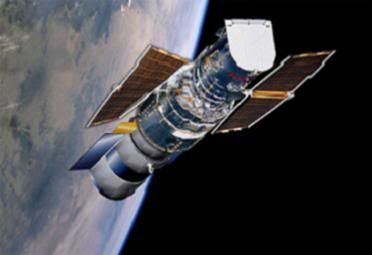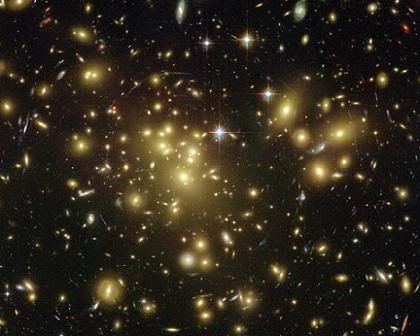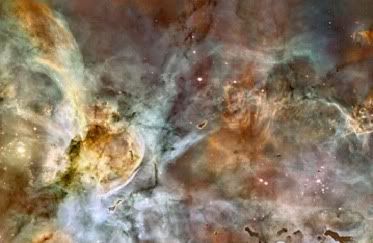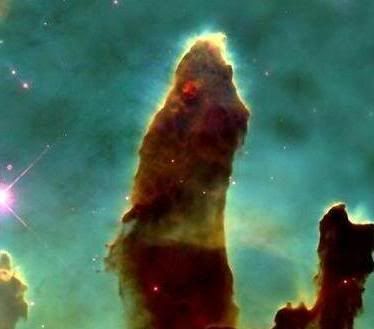Post by glactus on Aug 19, 2011 0:23:11 GMT

The Hubble space telescope
NASA's best-recognized, longest-lived, and most prolific space observatory zooms past a threshold of 20 years of operation this month. On April 24, 1990, the space shuttle and crew of STS-31 were launched to deploy the Hubble SpaceTelescope into a low Earth orbit. What followed was one of the most remarkable sagas of the space age. Hubble's unprecedented capabilities made it one of the most powerful science instruments ever conceived by humans, and certainly the one most embraced by the public.

Hubble deep field
Hubble discoveries revolutionized nearly all areas of current astronomical research, from planetary science to cosmology and its pictures were unmistakably out of this world. A brand new Hubble photo of a small portion of one of the largest seen star-birth regions in the galaxy, the Carina Nebula shows Towers of cool hydrogen laced with dust rise from the wall of the nebula. The scene is reminiscent of Hubble's classic "Pillars ofCreation" photo from 1995, but is even more striking in appearance.

The Carina nebula
The image of the "Pillars Of Creation" captures the top of a three-light-year-tall pillar of gas and dust that is being eaten away by the brilliant light from nearby bright stars. The pillar is also being pushed apart from within, as infant stars buried inside it fire off jets of gas that can be seen streaming from towering peaks like arrows sailing through the air.

The Pillars of creation
To see stunning video of Hubble just click on the link below. Time: 15 minutes 45 seconds. Has sound.
www.messagetoeagle.com/index.php/space/68-videos/285-video-
Credits: These are NASA/JPL images
Text by Wikipedia/NASA
Video by NASA


